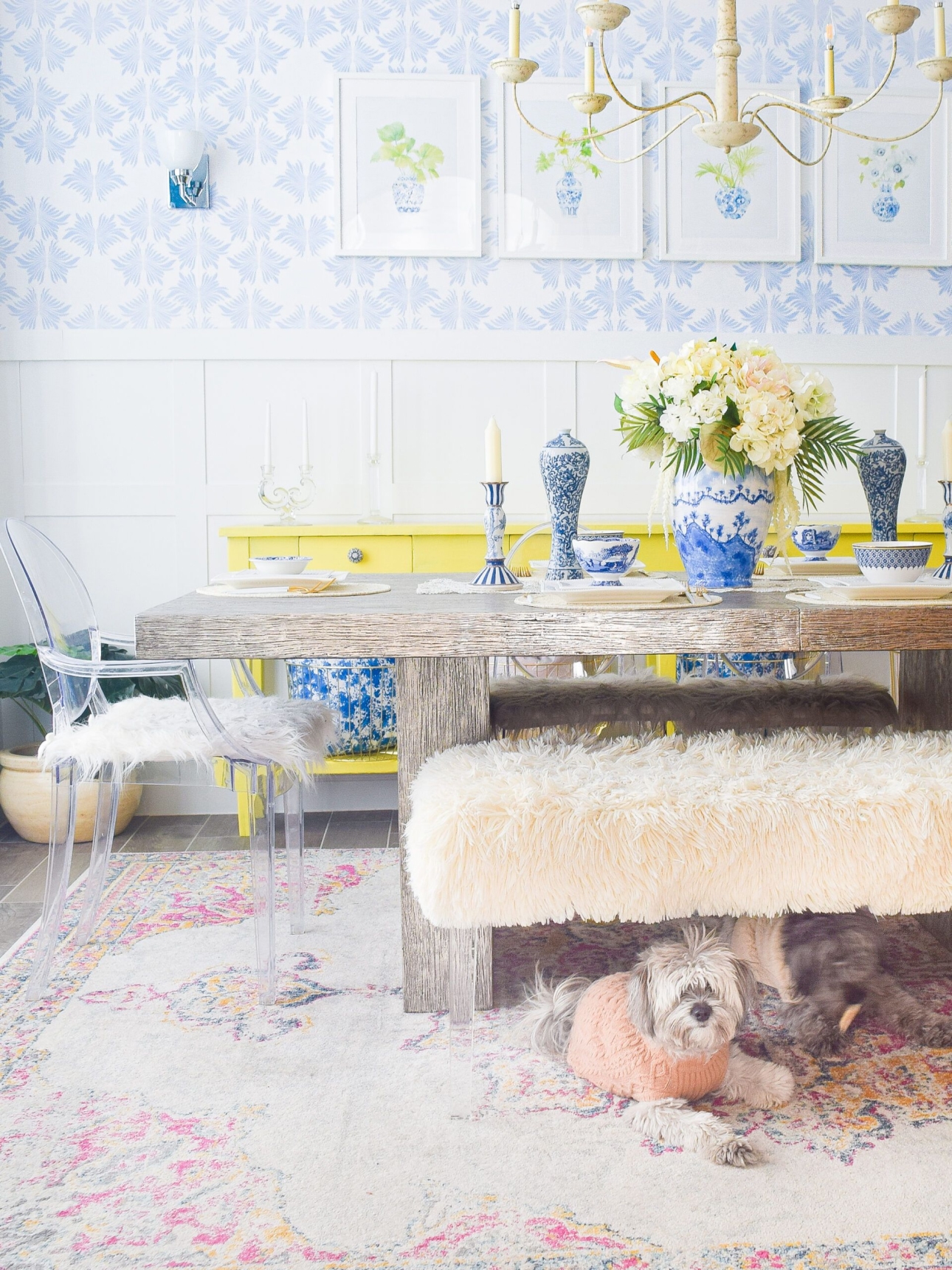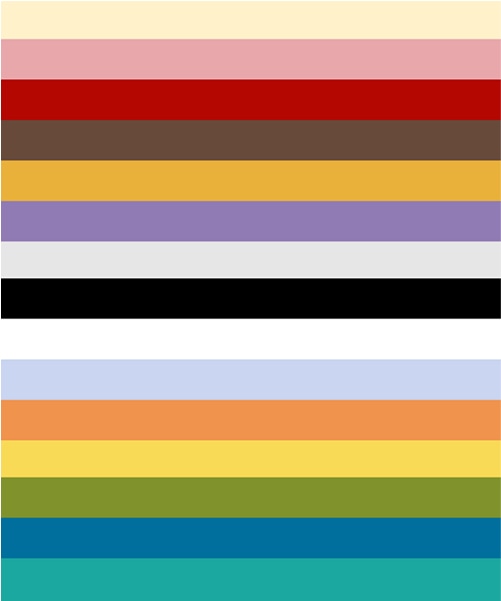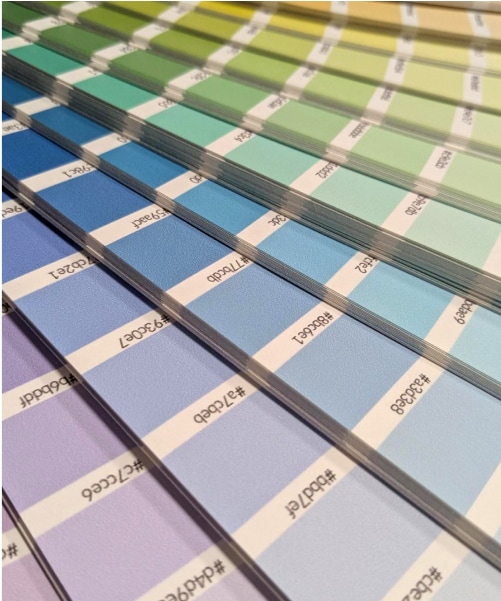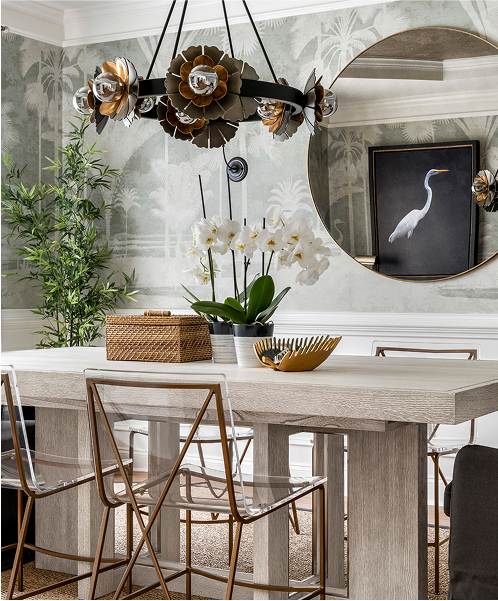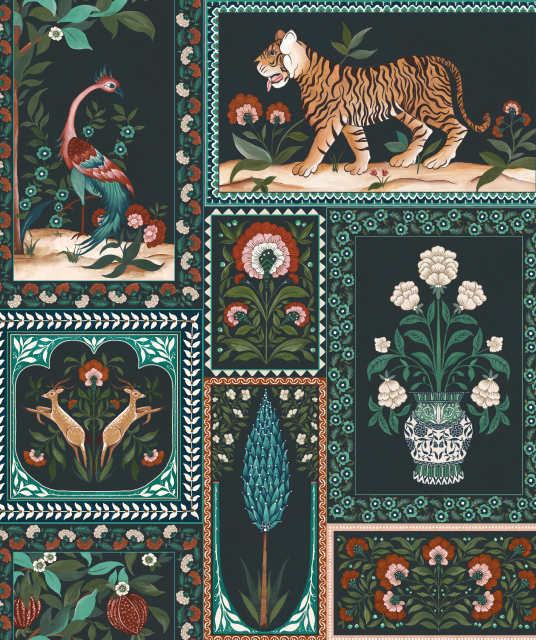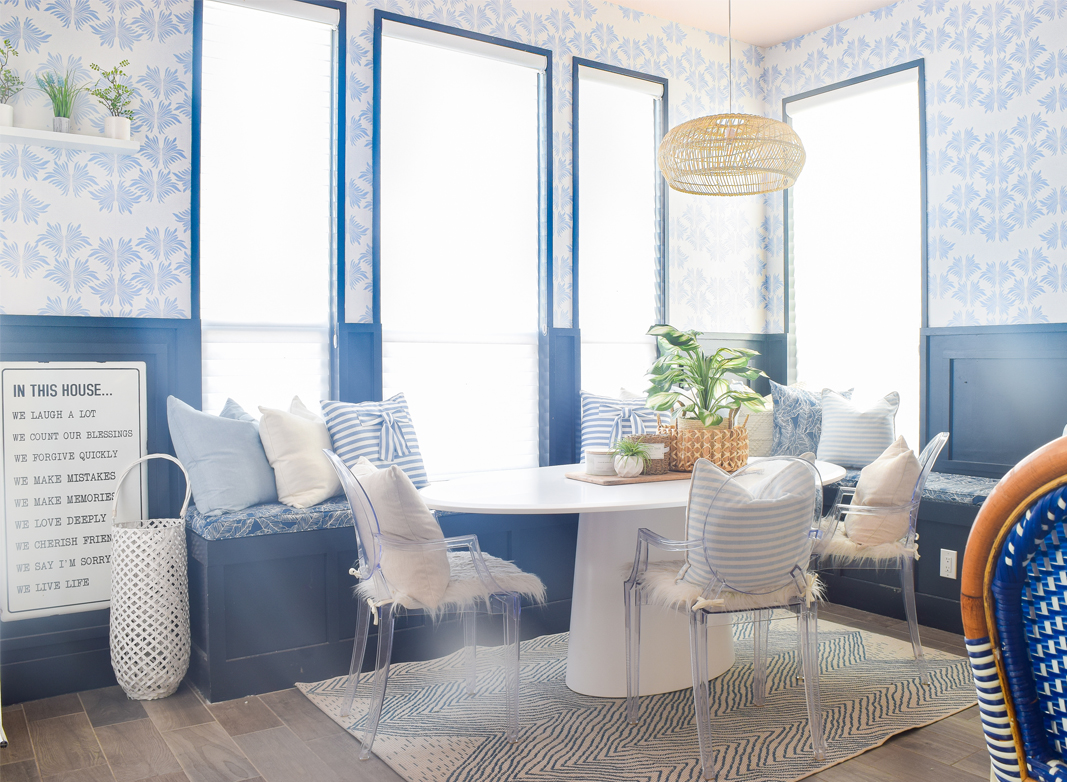Types of Textured Walls
Textured walls can add depth to a space and may even help with sound absorption. However, wallpaper often serves the same decorative purpose. Many homes feature three main types of textured walls. In terms of adhesion, Milton & King wallpaper performs well on most surfaces. But, the real challenge lies in the visual outcome. Some textures can show through the wallpaper, leading to an undesirable appearance. Additionally, certain textures may increase the chances of mould or mildew developing.
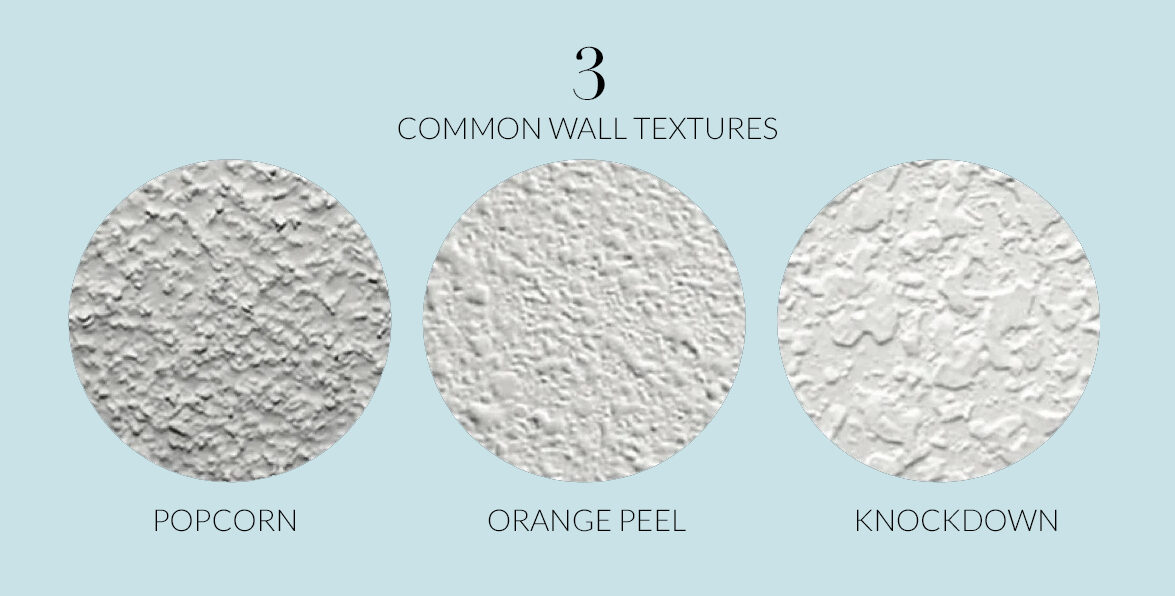
Common Wall Textures:
In humid areas like bathrooms and laundry rooms, textured walls can create small pockets that trap moisture, which may lead to mould growth behind the wallpaper. This is a hidden issue that can be tricky to spot. To avoid this, opt for wallpaper paste that is resistant to mould and mildew. If you live in a dry climate, this will be less of a concern, but the texture of the wall could still affect the wallpaper’s final look.
- Orange Peel: This is a light texture and won’t cause many issues. Wallpaper can easily cover it without significant problems, both functionally and aesthetically.
- Popcorn: Popcorn textures can interfere with the look of wallpaper. The sharp points may show through and could even damage the wallpaper during installation or cleaning.
- Knockdown: While knockdown textures won’t prevent wallpaper adhesion, the raised areas can create an uneven look, particularly with designs that are supposed to have a smooth finish, like wood panelling.
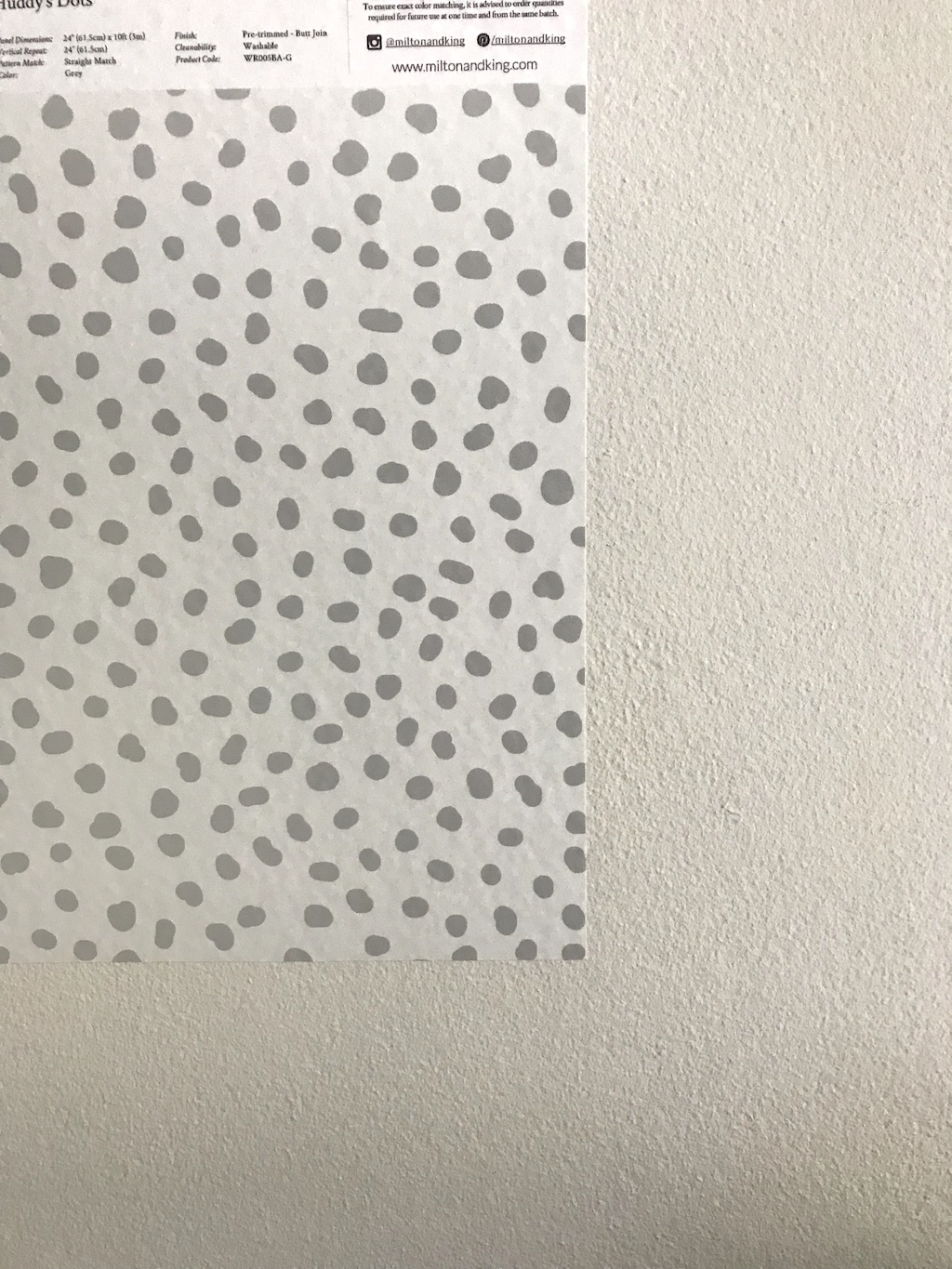
The above photo shows a sample of the Huddy’s Dots over an orange peel texture. You can see the how the bumps subtly shows through. A white background wallpaper may show bumps more than a darker wallpaper or a busier design.

The above wallpaper shows the Ostrich Strut design over a lightly textured wall. You can see parts of the design where there appear to be little bumps. The wallpaper functions perfectly, but if this aesthetic bothers you, it may be worthwhile to flatten the wall.
Preparing a Textured Wall for Wallpaper
“Mudding” is a term often used to describe applying a layer of compound on top of your textured wall. The application should be applied as smoothly as possible. However, after application and once it has dried, the surface can be smoothed further by sanding. Then, the wall should be cleaned so that any remaining particles from sanding can be washed away. Finally, you can apply a coat of primer to seal the wall and make it ready for wallpaper.
Regardless of the type of textured wall, a smooth surface will always yield better results for wallpapering. Although textured walls rarely cause problems with adhesion, smoothing them out will dramatically enhance the appearance and longevity of the wallpaper. While it might seem like extra work to prepare the surface, the effort will pay off in the long run, ensuring you enjoy your wallpaper for years to come. Don’t settle for a subpar finish—flatten the wall, prime it, and install a wallpaper design that beautifies your space!
